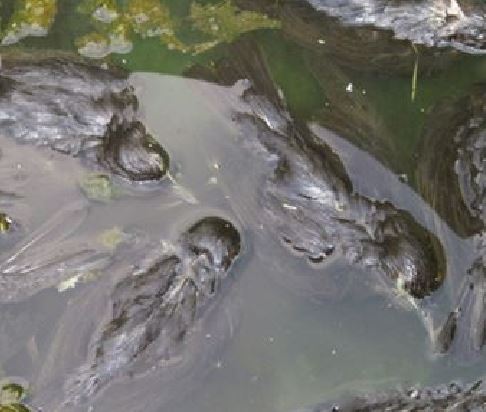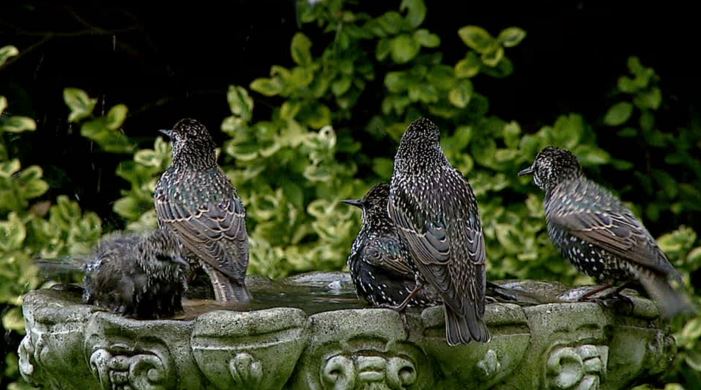Starlings across the UK are drowning in groups of ten or more, and scientists say they are still baffled by this troubling mystery after carrying out a study. So far, diseases or any potential threat to human health such as avian influenza (bird flu) have been ruled out, a team of specialists from the Zoological Society of London (ZSL) says.
The research team, led by the ZSL, are trying to determine what is causing this unexpected, recurrent mass mortality of Common starlings (Sturnus vulgaris) across Britain. Their findings so far have been published in the journal Scientific Reports.
Wild birds rarely die from drowning. When they drown, they tend to do so on their own, and not in large groups.

According to Dr. Becki Lawson, a wildlife veterinarian at ZSL, reports have been coming in of starlings drowining in groups of ten or more.
Dr. Lawson, along with colleagues at ZSL, the Animal & Plant Health Agency in Cumbria, University of Liverpool, the Royal Society for the Protection of Birds, the Animal & Plant Health Agency in Surrey, the British Trust for Ornithology, studied twelve incidents of mass starling drownings from 1993 to 2013. In ten of those cases, more than 10 birds drowned at the same time.
Only young starlings affected
In all the cases studied, only juvenile birds (a few months old) had drowned, and all of them in the spring or early summer months.
So far, no evidence has been detected of any underlying disease as a cause of death.
Dr. Lawson commented:
“Drowning appears to be a more common cause of death amongst younger birds, as they may be inexperienced in identifying water hazards. This combined with the fact that starlings are a highly social species could potentially explain why multiple birds drown together.”
“Members of the public from around Great Britain have been instrumental in bringing this unexpected cause of starling mortality to our attention by reporting these incidents. With starling numbers declining in general across the UK, we need to learn more about how and where these phenomena happen, in order to better understand why.”

British starling population in rapid decline
Co-author, Rob Robinson, Associate Director of Research at the British Trust for Ornithology (BTO), said:
“Starlings are a Red-listed species in the UK, under threat from issues including loss of nesting sites and a lack of insect food sources – so much so that their population has declined 79 per cent in the past 25 years.”
“Whilst drowning is an unexpected cause of death, it’s not thought to be a conservation threat as – fortunately – these incidents are currently relatively rare. However, we still need to better understand factors such as disease that might be contributing to this decline. We would therefore ask people to keep up the good work by reporting incidents of starling death, whatever the apparent cause, via the Garden Wildlife Health website.”
Ramps may help reduce mortality
Despite this disconcerting news, the researchers are urging people to continue providing water sources in the form of bird baths and ponds in their gardens. Water is a vital resource for wild animals, including birds, especially during the summer.
If the juvenile starlings are slipping into the water and finding it hard to get out, perhaps adding a sloping exit or ramp to water features might help.
If you live in the UK and sea a sick or dead bird, or any other animal in your garden, the researchers would like to know about it. You can inform them through the project website.
Reference
“Drowning is an apparent and unexpected recurrent cause of mass mortality of Common starlings (Sturnus vulgaris),” Andrew A. Cunningham, Becki Lawson, Robert A. Robinson, J. Paul Duff, Katie M. Beckmann, Richard M. Irvine, Julian Chantrey and Kirsi M. Peck. Scientific Reports 5, Article number: 1702. November 25, 2015. DOI: 10.1038/srep17020.
RSPB Video – Starlings
Interesting related article: “Male hummingbirds use their tail feathers to sing.”
